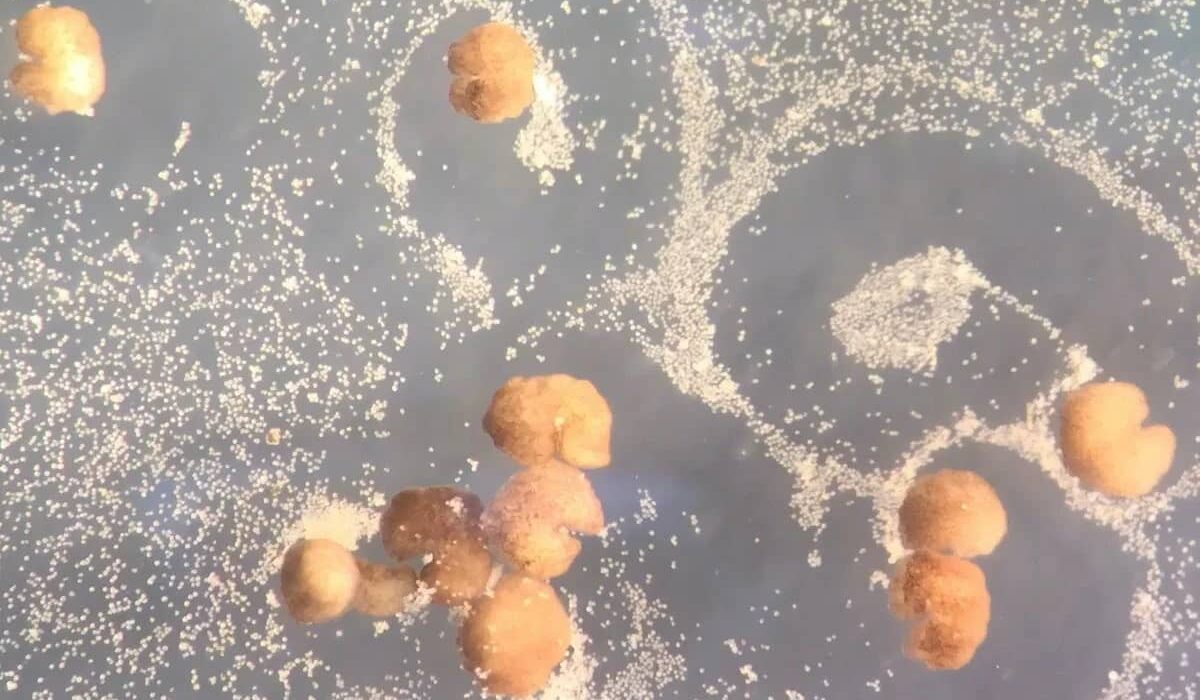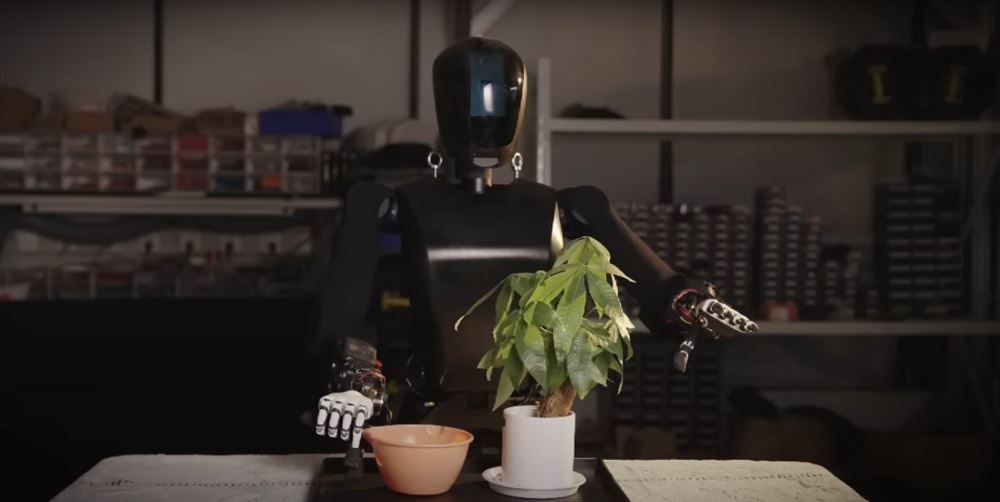In the natural world, the majority of living beings reproduce through sexual reproduction or asexual reproduction via cloning. However, a novel method of propagation has emerged where newly developed autonomous robots are capable of self-replication by forming cell clusters and generating new replicas of themselves.
To further explain, the Xenobots are a type of man-made organisms that are created by combining stem cells taken from the embryos of African clawed frogs. Artificial intelligence is utilized for creating these xenobiotics, and a team of engineers and computer scientists from Harvard University, Tufts University, and the University of Vermont is experimenting with different robot body forms during the development process. By conducting experiments, they discovered that a Pac-Man-like C-shape was the most efficient in enabling cell clusters to reproduce independently.
To clarify, the researchers’ claim xenobots being capable of self-replication does not imply that they reproduce sexually or asexually. Instead, it means that in their Pac-Man-like C-shape formation, the cluster can use cilia, which are hair-like projections located on the outer surface of each cell, to move around a dish. While moving, the cluster can accumulate other dispersed cells and merge them together to form a new xenobot. However, this self-replication process has a limited span as the cells were only able to perform this function for a few generations of xenobots.
According to Josh Bongard, a computer science professor and robotics specialist at the University of Vermont who led the study, robots are commonly perceived as being made up of metals and ceramics. However, what makes a robot truly a robot is its capacity to act autonomously for human benefit. The xenobots meet this criterion, even though they are composed of genetically unaltered frog cells, making them an organism rather than a traditional robot made of synthetic materials.
The research team had initially introduced the concept of the xenobots in a paper published in early 2020 in the Proceedings of the National Academy of Sciences (PNAS), and they successfully created the xenobots later that year. The process of self-replication, however, is a recent discovery and is not observed in any other known living organism. Although the xenobots can naturally disintegrate within a few weeks, this development is still noteworthy. The team’s latest findings on self-replication have also been published in PNAS.
“People have thought for quite a long time that we’ve worked out all the ways that life can reproduce or replicate. But this is something that’s never been observed before,” Douglas Blackiston, co-author from Tufts University who assembled the Xenobot “parents,” said in a statement issued by Harvard University’s Wyss Institute.
According to Bongard, the existence of self-replicating machines could create numerous opportunities in the fields of science and medicine. He stated to The Guardian, “These machines are incredibly small, biodegradable, and compatible with living organisms, and they thrive in freshwater.” He further explained that xenobots could be utilized for tasks like removing microplastics from waterways or repairing electrical circuits.
Sam Kriegman, an engineer at Tufts University and co-author of the study, told Insider that the self-assembling robots could offer valuable insight into the regenerative abilities of certain species, like frogs and salamanders, which can regenerate body parts that humans cannot. He also mentioned that they have several future experiments planned for the xenobots, but for now, they are mere “balls of motors.”





